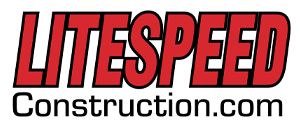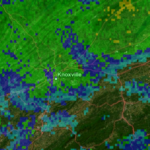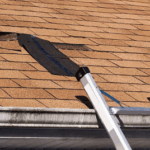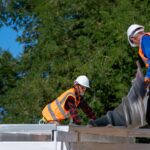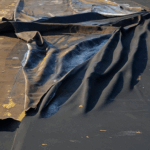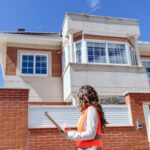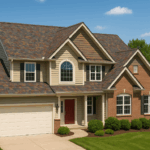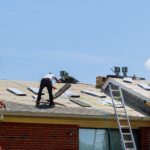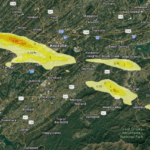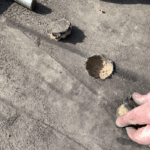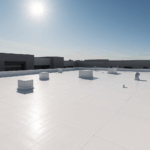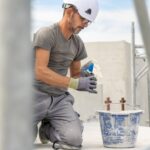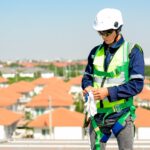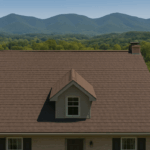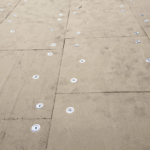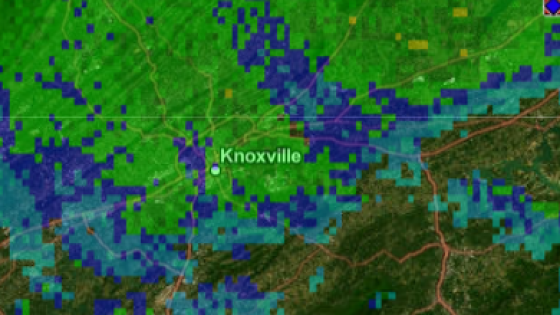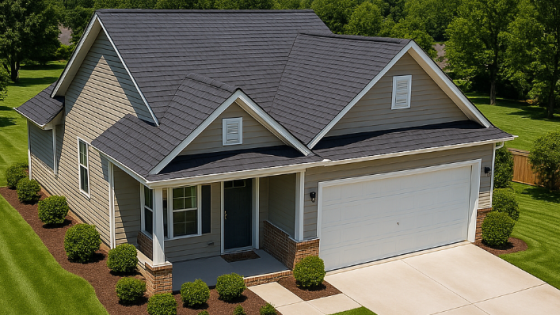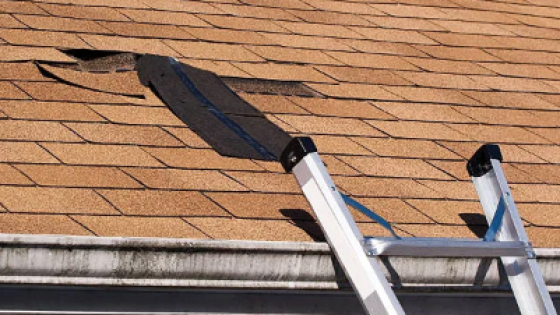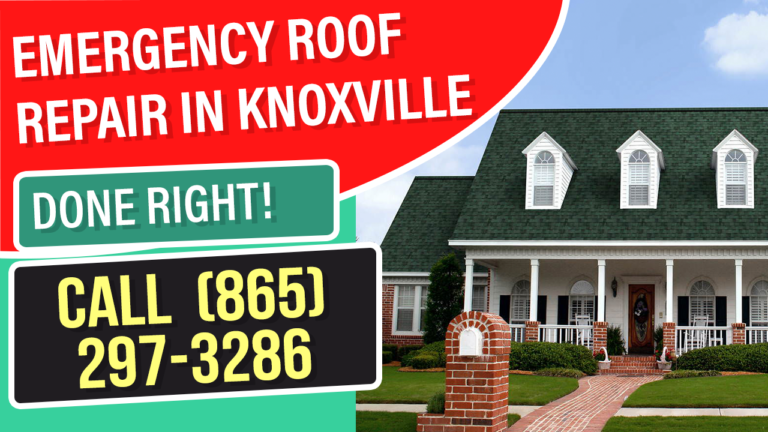Roofing companies in Knoxville, TN, and across the nation rely on accurate measurements to provide precise estimates and ensure a successful project outcome. Roof measurement is a critical step in any roofing job, whether it’s a simple repair, a complete roof replacement, or a new installation. With advancements in technology and a growing emphasis on efficiency, there are now several methods available for roofing companies to measure roofs. Each method offers its own set of advantages and is chosen based on the specific needs of the project, the type of roof, and the resources available.
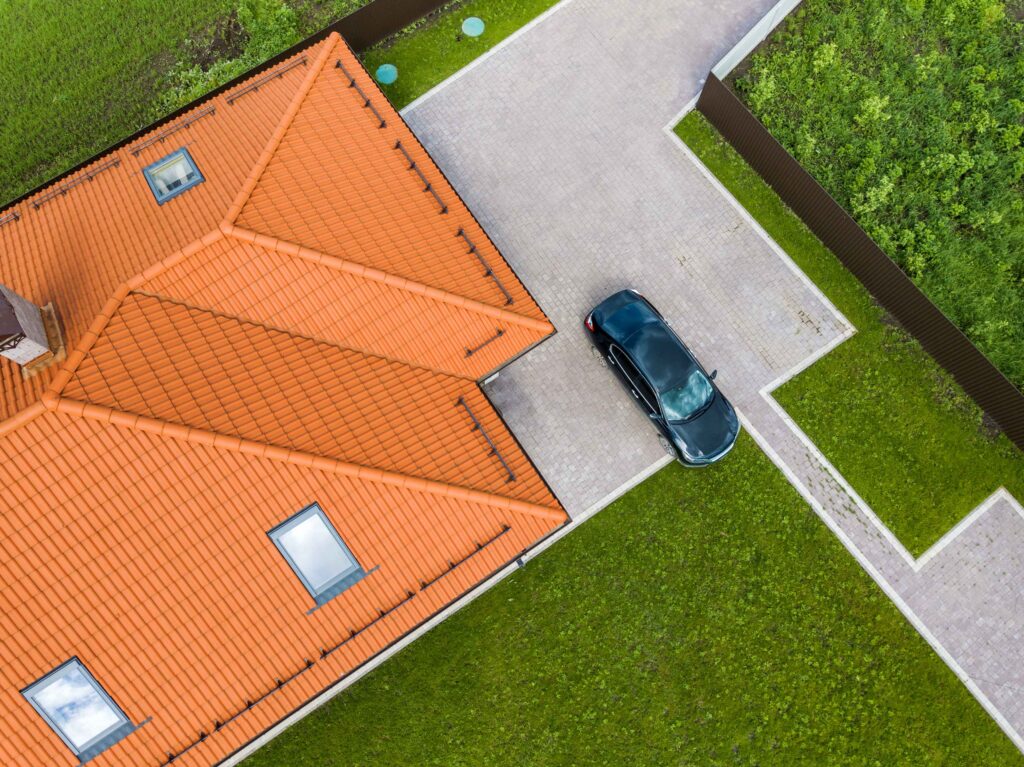
Traditional Hand Measurement
One of the most common methods still in use today, particularly among small roofing companies, is the traditional hand measurement. This process involves physically getting onto the roof and using measuring tapes, rulers, and other manual tools to determine the dimensions of the roof. The measurements taken include the length, width, and pitch (slope) of the roof.
Pros:
– Cost-effective with minimal equipment required.
– Provides a hands-on, accurate assessment of the roof’s condition.
– Can be used on virtually any type of roof, regardless of complexity.
Cons:
– Time-consuming, particularly for large or complex roofs.
– Potentially dangerous, especially for steep or slippery roofs.
– Prone to human error, which can lead to inaccurate measurements.
Best Use Case:
Traditional hand measurement is ideal for smaller roofs or when a detailed, close-up inspection is necessary.
Aerial Measurements with Drones
The use of drones for roof measurement has skyrocketed in popularity in recent years. Drones equipped with high-resolution cameras can capture detailed images and videos of the roof, which are then processed using specialized software to calculate the roof’s dimensions. This method is particularly useful for larger or more complex roofing projects.
Pros:
– Highly accurate measurements with minimal human error.
– Safer alternative as it reduces the need for roofers to physically climb onto the roof.
– Efficient and time-saving, particularly for large roofs.
Cons:
– Requires investment in drone technology and training.
– Subject to weather conditions; not suitable for use in high winds or heavy rain.
– May require regulatory compliance, such as FAA rules for drone operation.
Best Use Case:
Drone measurements are best suited for large commercial roofs or residential roofs that are complex or difficult to access.
Satellite Imaging
Satellite imaging technology allows roofing companies to obtain roof measurements remotely using satellite data. Companies like EagleView and Nearmap provide this service, offering detailed aerial views and precise measurements. These images are often combined with advanced algorithms to generate accurate roof reports.
Pros:
– Completely remote, eliminating the need for any physical inspection.
– Fast turnaround time for receiving roof measurements.
– Highly detailed with measurements for pitch, area, and other critical factors.
Cons:
– Cost can be prohibitive, especially for small roofing companies.
– May not be as accurate in areas with heavy tree cover or other obstructions.
– Dependent on the availability and quality of satellite images.
Best Use Case:
Satellite imaging is ideal for roofing companies that handle a large volume of projects and need fast, reliable measurements, particularly for residential homes in suburban areas.
Blueprint Analysis
For new constructions or major renovations, roofing companies may rely on blueprint analysis to determine roof dimensions. This method involves analyzing architectural blueprints or building plans to extract the necessary measurements for the roofing project.
Pros:
– Provides precise measurements directly from the construction plans.
– No need for physical access to the roof, making it safe and efficient.
– Ideal for new builds where the roof is not yet accessible.
Cons:
– Requires the availability of accurate and detailed blueprints.
– Not suitable for existing roofs without updated plans.
– Requires specialized knowledge to interpret blueprints accurately.
Best Use Case:
Blueprint analysis is best for new construction projects or when working with architects and builders on a comprehensive renovation.
Roof Measurement Software
Roof measurement software, such as RoofSnap or iRoofing, has become an indispensable tool for modern roofing companies. These programs allow roofers to input data, often from drone or satellite imagery, and automatically calculate the roof’s dimensions, pitch, and area. Some software even includes features for generating proposals and ordering materials.
Pros:
– Automates the measurement process, reducing human error.
– Integrates with other business tools for a streamlined workflow.
– Scalable for both small and large roofing projects.
Cons:
– Requires an initial investment in software and training.
– Dependent on the quality of input data for accuracy.
– May involve ongoing subscription costs.
Best Use Case:
Roof measurement software is ideal for tech-savvy roofing companies looking to improve efficiency and accuracy in their measurement processes.
Pros and Cons of Popular Roof Measurement Methods
| Method | Pros | Cons |
|---|---|---|
| Traditional Hand Measurement | Cost-effective, detailed inspection, versatile | Time-consuming, dangerous, prone to human error |
| Aerial Measurements with Drones | Accurate, safe, efficient | Expensive, weather-dependent, regulatory considerations |
| Satellite Imaging | Remote, fast, detailed | Costly, less accurate with obstructions, dependent on satellite data availability |
| Blueprint Analysis | Precise, safe, ideal for new constructions | Requires blueprints, not suitable for existing roofs, requires specialized knowledge |
| Roof Measurement Software | Automated, reduces errors, integrates with business tools | Requires investment, accuracy depends on input data, potential subscription costs |
FAQs about Measuring Roofs
Drone measurements and roof measurement software tend to be the most accurate due to their advanced technology and reduced human error.
Yes, drone measurement is safe as it eliminates the need for roofers to physically climb onto the roof.
Costs vary but can range from $50 to $150 per report, depending on the provider and the complexity of the roof.
Yes, most roof measurement software is versatile and can handle various roof types and complexities.
Yes, operators typically need to be certified and trained to use drones for commercial purposes.
Roofing companies may resort to drones or traditional hand measurements if satellite imagery is unavailable.
It can take anywhere from a few hours to a full day, depending on the roof's size and complexity.
Yes, operators must comply with FAA regulations, including obtaining necessary certifications and adhering to flight restrictions.
Blueprint analysis is typically used for new constructions; for repairs, other methods like drones or traditional measurements are preferred.
Satellite imaging and drone measurements are generally the fastest, providing results within a few hours.
Choose the right method for roof measurement
For roofing companies in Knoxville, TN, choosing the right method for roof measurement is crucial for efficiency, accuracy, and safety. Whether relying on traditional hand measurements, leveraging drone technology, or utilizing advanced software, each method offers unique benefits tailored to different project needs. As technology continues to advance, the tools and techniques available for roof measurement will only become more sophisticated, enabling roofing professionals to deliver even better service to their clients.
